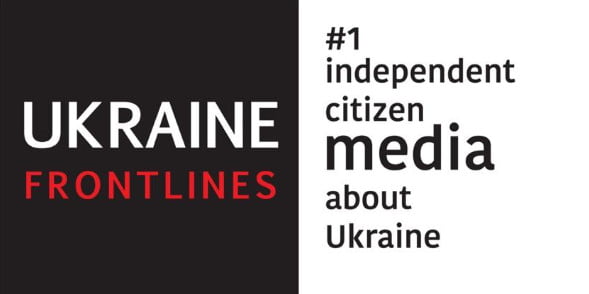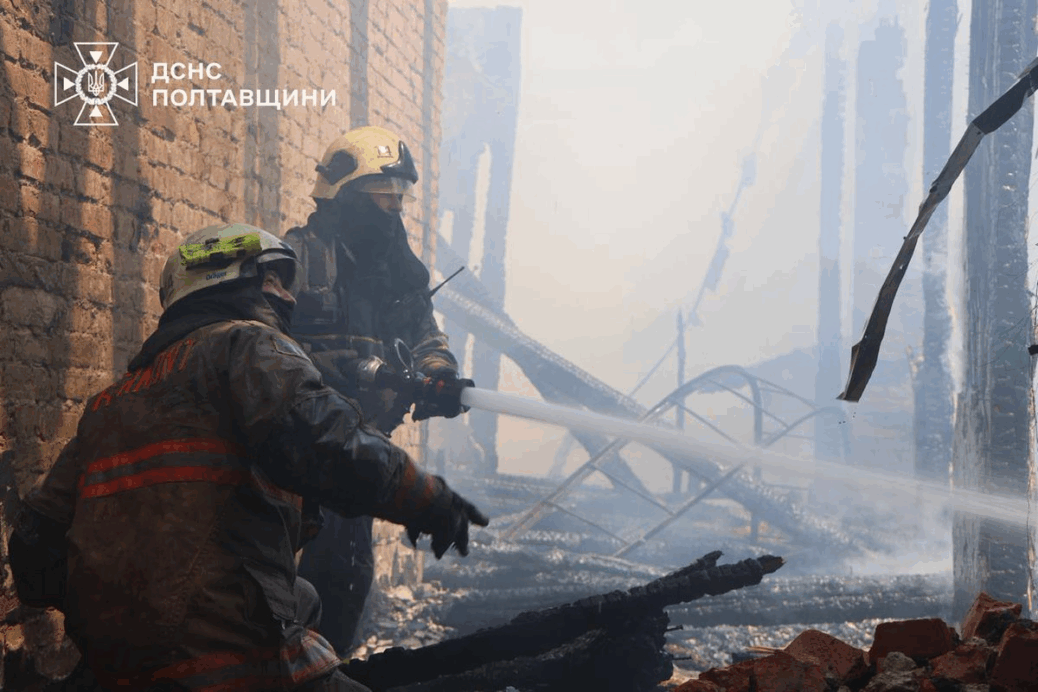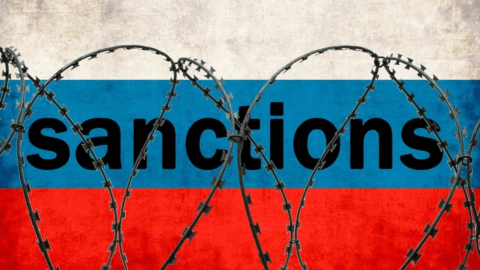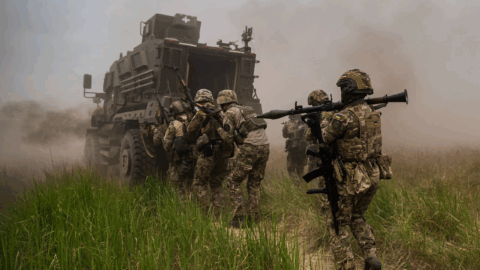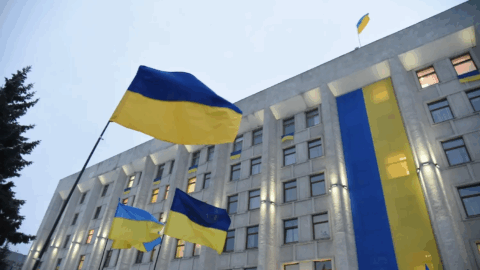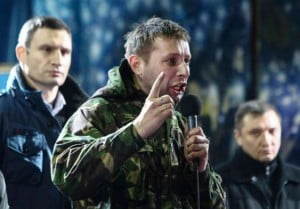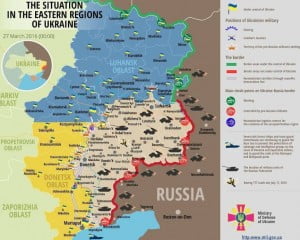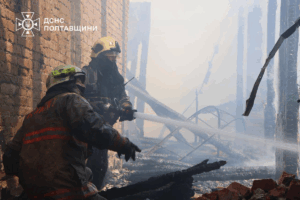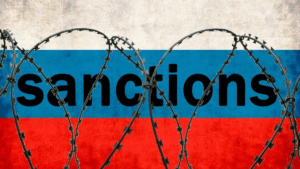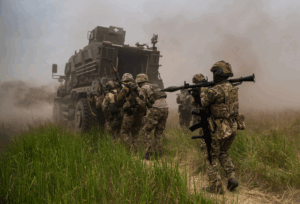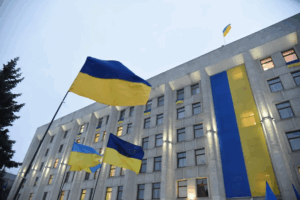Between June 30 and July 7, Russian occupation forces carried out at least five strikes on the facilities of Ukraine’s Territorial Recruitment and Social Support Centers (TRSSCs). This can hardly be dismissed as a coincidence—it is clear that, beyond the “usual” terror tactics against Ukraine’s rear, the command of the Russian occupation forces has begun systematically targeting TRSSCs. But what objectives are the Russian occupiers pursuing by choosing this tactic in the fourth year of full-scale
Chronicle of terror.
On June 30, Russian forces struck the TRSSC in Kryvyi Rih. On July 3, a building in Poltava was hit. On July 6, a strike targeted Kremenchuk, and on July 7, the building of the Kharkiv Regional TRSSC (and the surrounding area) came under attack. There was also a strike near the Zaporizhzhia Regional TRSSC.
Why did I say earlier that there were at least five deliberate strikes? Because it’s unclear where the Shahed-136 kamikaze drones that were intercepted by the Ukrainian Air Force were headed. It’s entirely possible that other TRSSC facilities in various cities were also among the enemy’s intended targets.
But what goals are the Russian occupation forces pursuing with these actions?
As with any act of terror, there is rarely a single objective—so this type of strike must be examined from multiple angles. Let’s start with the most obvious and likely motive.
Disrupting mobilization.
By striking TRSSC facilities, Russian occupiers are attempting to systematically disrupt Ukraine’s mobilization efforts through direct impact. Disrupting the work of these centers, destroying physical records and databases (even though most of the data is now stored electronically) is seen by Russian command as one of the most effective ways to sabotage mobilization.
This tactic also carries a psychological dimension. The goal is to instill intuitive fear among conscripts who voluntarily come to update their information, sign contracts, or receive exemptions—making them hesitate out of concern that a Shahed-136 drone might strike the center at any moment.
In other words, the Russian occupation forces are trying to sow public fear that any TRSSC building in Ukraine is a potentially dangerous site that could be targeted at any time. While drone attacks are rarely a surprise—cities are generally warned in advance—the perceived risk is significantly higher in places like Kharkiv and Sumy than in cities deeper within Ukraine’s interior.
Nevertheless, the goal of the Russian occupation forces is crystal clear: to disrupt Ukraine’s mobilization through direct strikes and destruction of TRSSC facilities. That said, the overall effectiveness of such actions on a nationwide scale is likely to be minimal. These strikes alone won’t stop mobilization or the related processes.
However, there’s another important layer to this strategy—an information and psychological dimension.
Information and Psychological Operations (IPSO).
Since 2022, Russian propaganda, its agents of influence in Ukraine, as well as some “Ukrainians” of conscription age who cowardly fled abroad, have been waging a coordinated information campaign aimed at discrediting TRSSC personnel.
Let me clarify right away: TRSSC personnel are not saints, and I’m not here to defend anyone. However, the reality is that the majority of content shared publicly with the aim of discrediting these centers is either manipulative—taken out of context—or outright fake, often staged.
For example, in June alone, over 250 incidents involving TRSSCs were recorded, of which 220 turned out to be false or manipulative. Let me repeat that—220 cases.
Confirmed violations by TRSSC personnel were found in only 36 cases, which is about 14% of the total circulating online. As a result, five individuals were held accountable, and one employee was suspended from duty. Investigations are ongoing in the remaining 30 cases.
This example is important because it clearly illustrates how Russian propaganda—and its mouthpieces both within Ukraine and abroad—operate. Their goal is to thoroughly discredit TRSSC personnel, to foster mistrust, resentment, and outright hatred toward them within Ukrainian society. Russian intelligence services have been working relentlessly toward this aim for the fourth year in a row. And it must be said—they’ve had some success, not least thanks to the TRSSC staff themselves, who, as the statistics show, provide real grounds for criticism in 14% of cases, which then fuel the remaining 86% of lies and fabrications.
Unfortunately, over the years, a segment of society has developed that doesn’t just feel resentment but harbors deep hatred toward TRSSC personnel. Recently, Ukraine’s Chief of Defence Intelligence, Kyrylo Budanov, addressed this issue quite pointedly, saying:
“Ukrainians need to actively defend their state rather than hide from TRSSCs or anything like that. Otherwise, the Russian TRSSC will come, just like it’s happening in the occupied territories. And believe me, over there it’s happening in full force.”
Unfortunately, such basic truths remain beyond the grasp of a certain segment of Ukrainian society—those who, in between consuming Russian propaganda, spend their time figuring out how to swim across the Tisza River. And it is precisely for this audience that the Russian occupation forces launched their latest IPSO—strikes on TRSSC facilities—sending the message: “Look, the Russians are on your side; they’re trying to ‘save’ you from the ‘oppressive draft-hunters!’”
The goal of these strikes is to elicit a positive emotional response—even if it sounds absurd—toward the use of kamikaze drones. Moreover, Russian forces aim to convince citizens who struggle to form logical cause-and-effect connections that these drones always target legitimate military objectives, and that the ones crashing directly into buildings and killing civilians are somehow “the fault of Ukrainian air defense.”
Tragically, in pro-Russian chats and draft-dodger groups, such attacks are indeed being met with enthusiasm. This suggests that the IPSO has already achieved some of its initial objectives. And therefore, we can expect the strikes to continue.
Conclusions.
The strikes by Russian occupation forces on Ukraine’s Territorial Recruitment and Social Support Centers bear all the hallmarks of a premeditated, systematic campaign of terror. But the objectives go far beyond mere violence for the sake of violence.
This is not just about disrupting mobilization across the country—though that’s part of it, particularly through instilling a growing sense of unease among those who need to visit TRSSCs for official matters. It’s also about shaping a favorable image of the Russian occupation forces within the minds of draft-dodgers, justifying kamikaze drone strikes, and legitimizing the bloody crimes committed by the aggressor state.
Undoubtedly, such actions contribute to the emergence of a segment of society that may become dangerous in the context of potential internal destabilization—and in the creation of sprawling networks of enemy agents.
Therefore, this story is not just about strikes on TRSSC facilities or an attempt to disrupt mobilization—which, on a national scale, these strikes alone cannot achieve. It is also about preparing a new reactive resource within the country and shaping a positive image of the occupiers in the eyes of less trustworthy citizens. And this is far more dangerous than a single Shahed-136 drone hitting a TRSSC building.
Material from the joint project of OBOZ.UA and the “Information Resistance” group.
Tags: Analytics russian attack russian terrorist attack